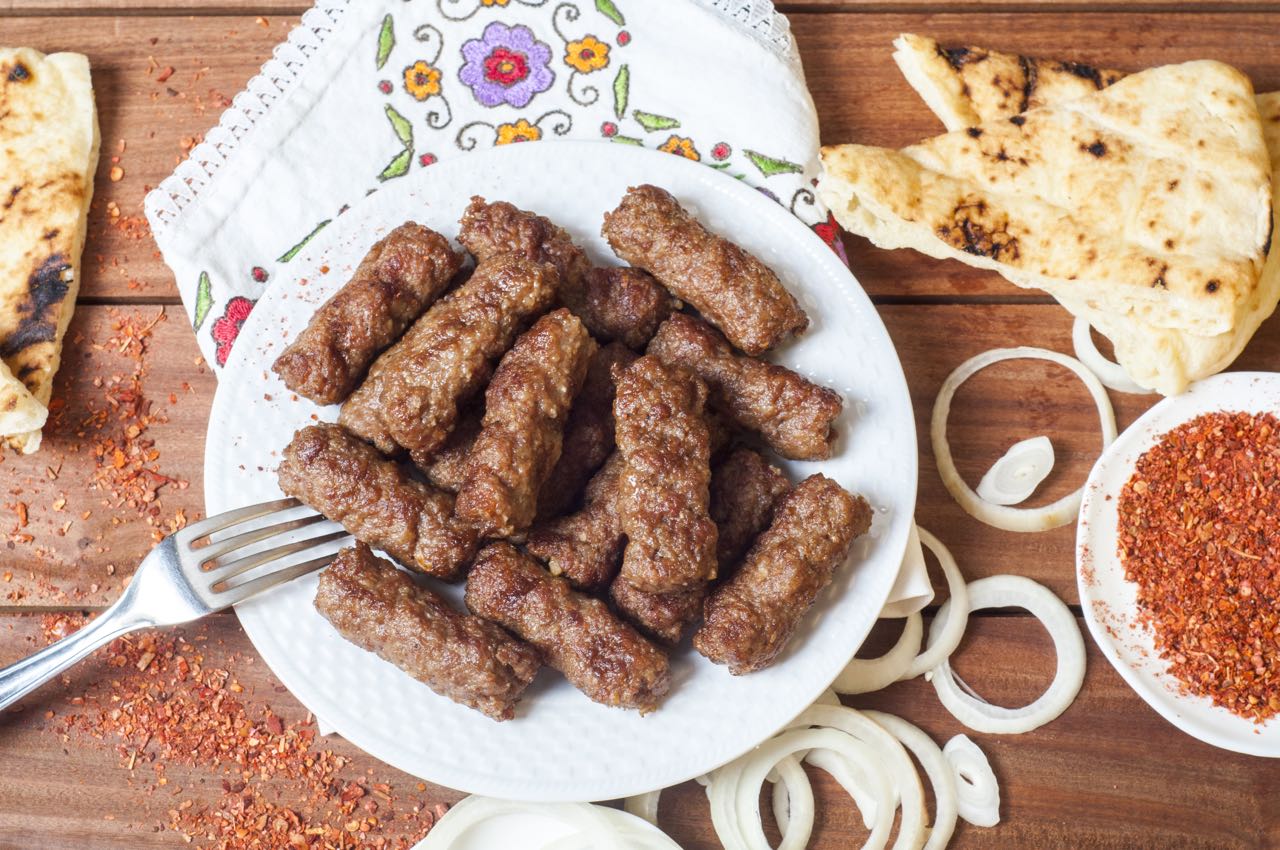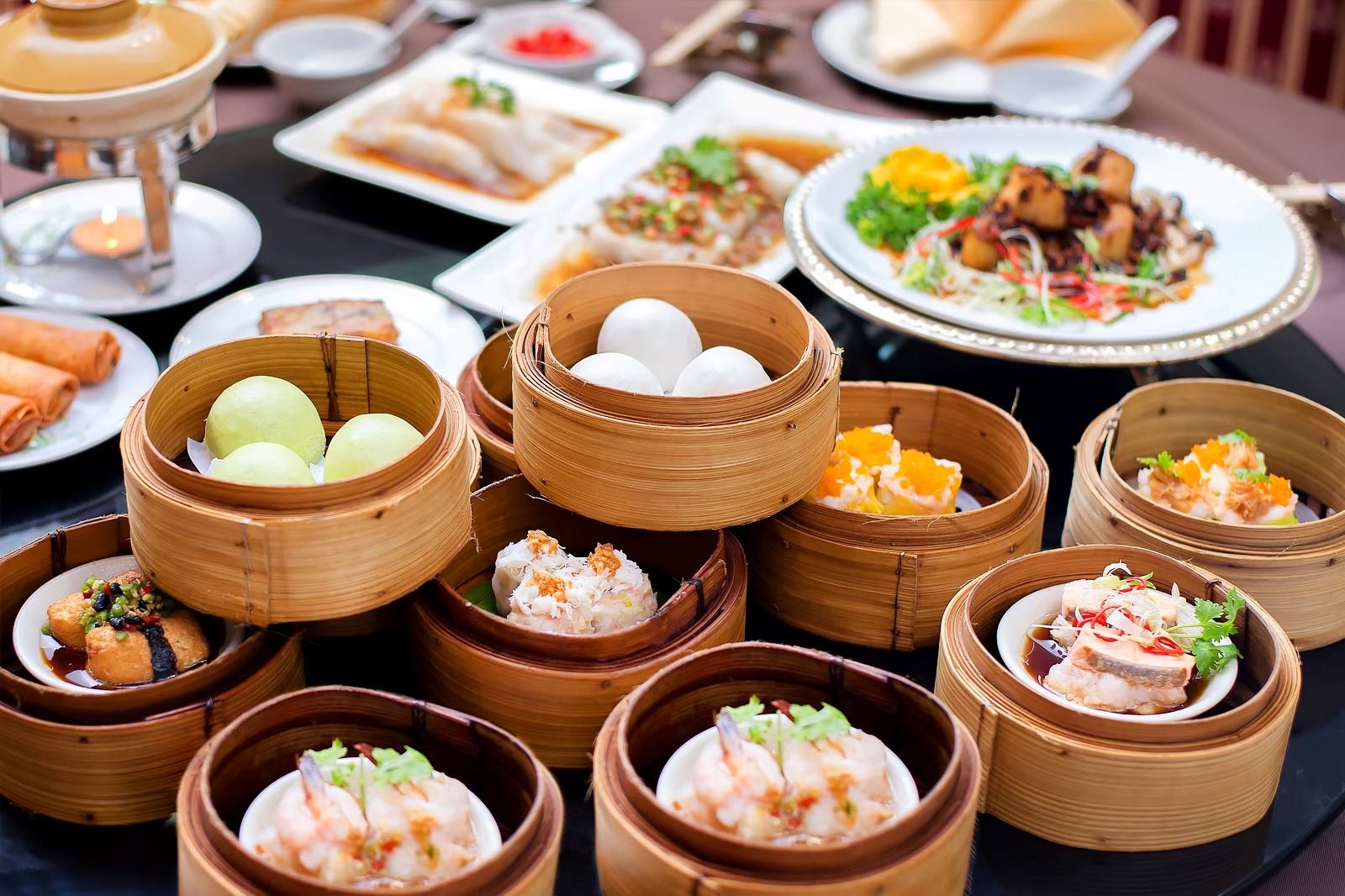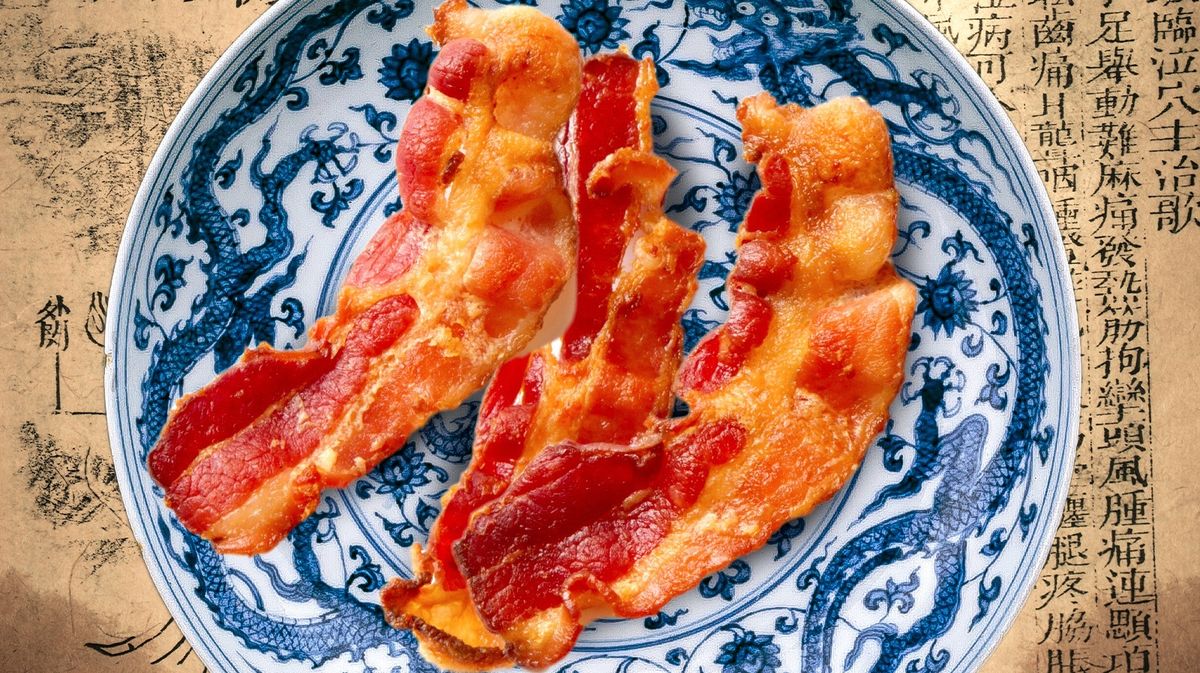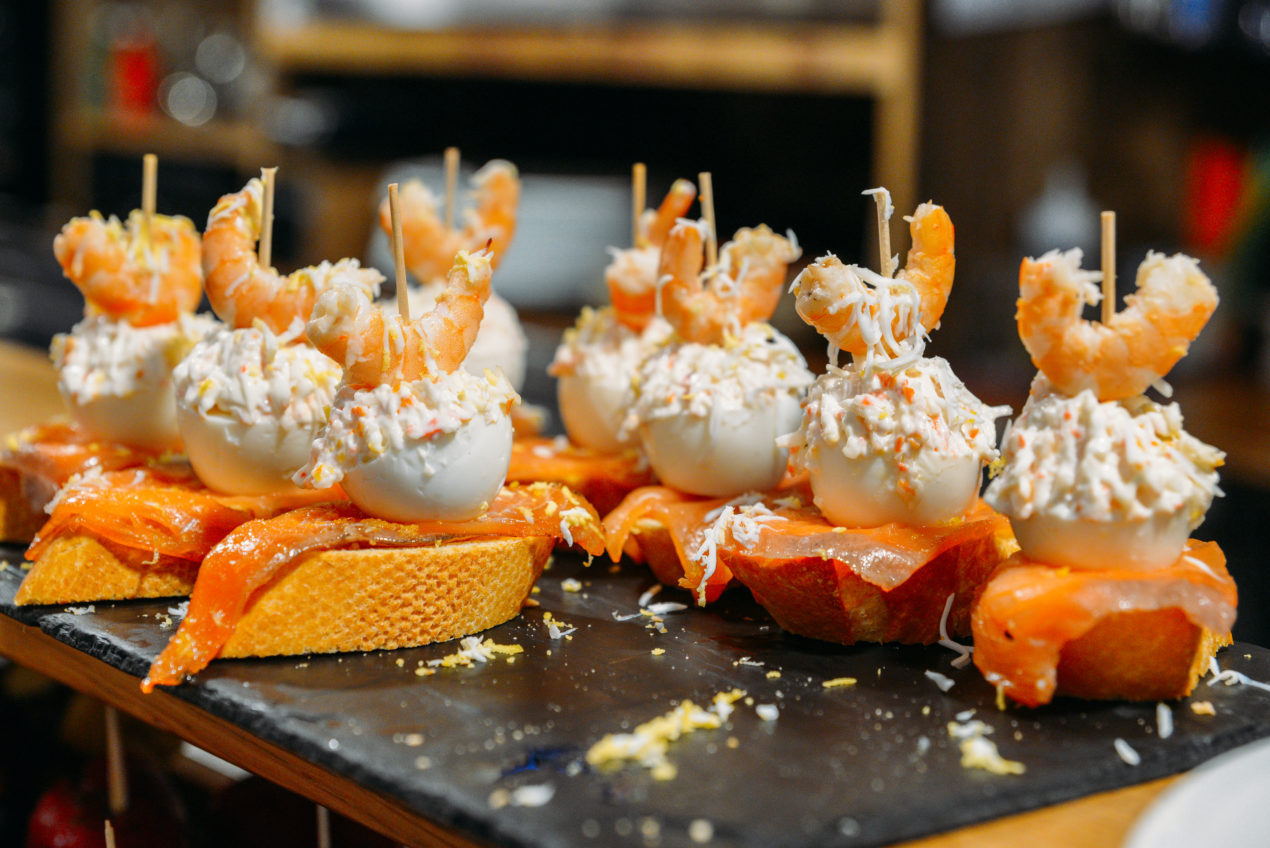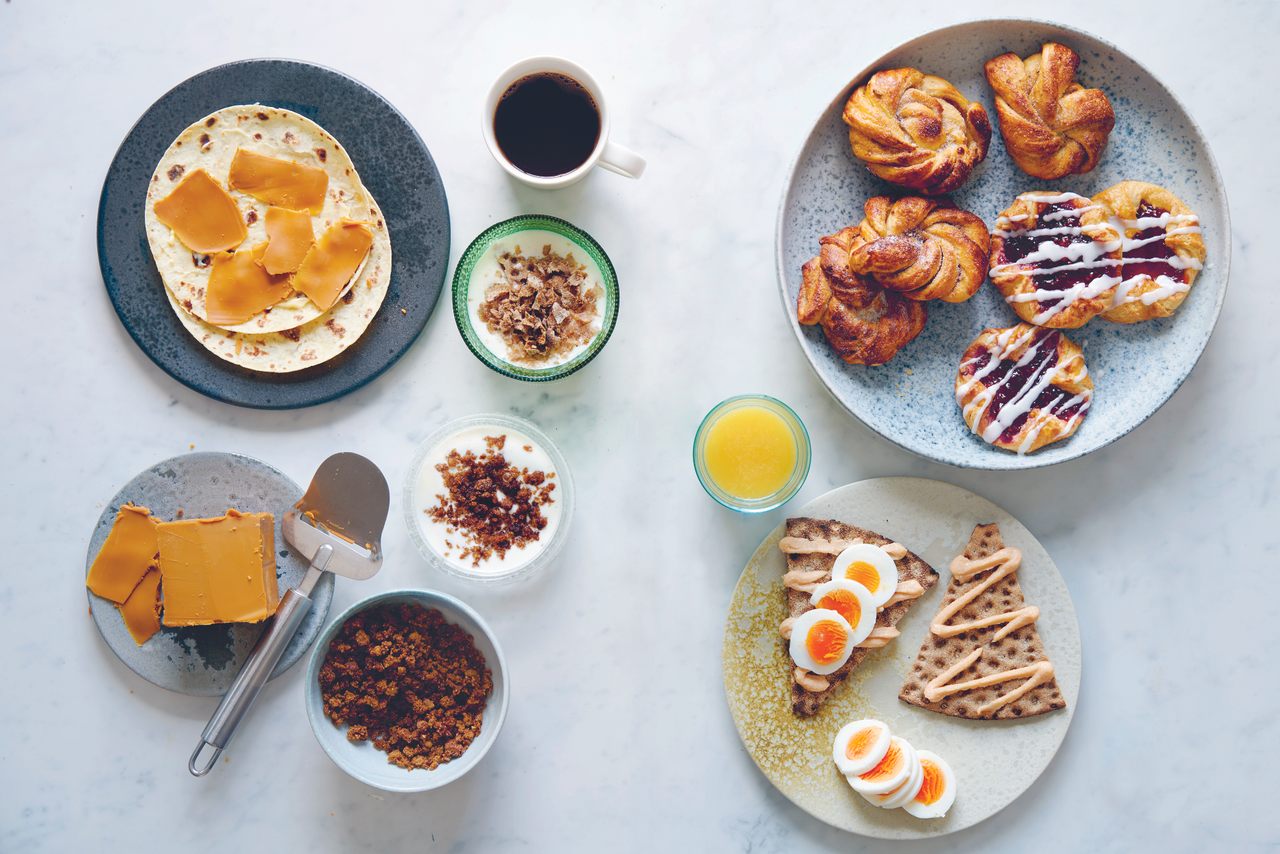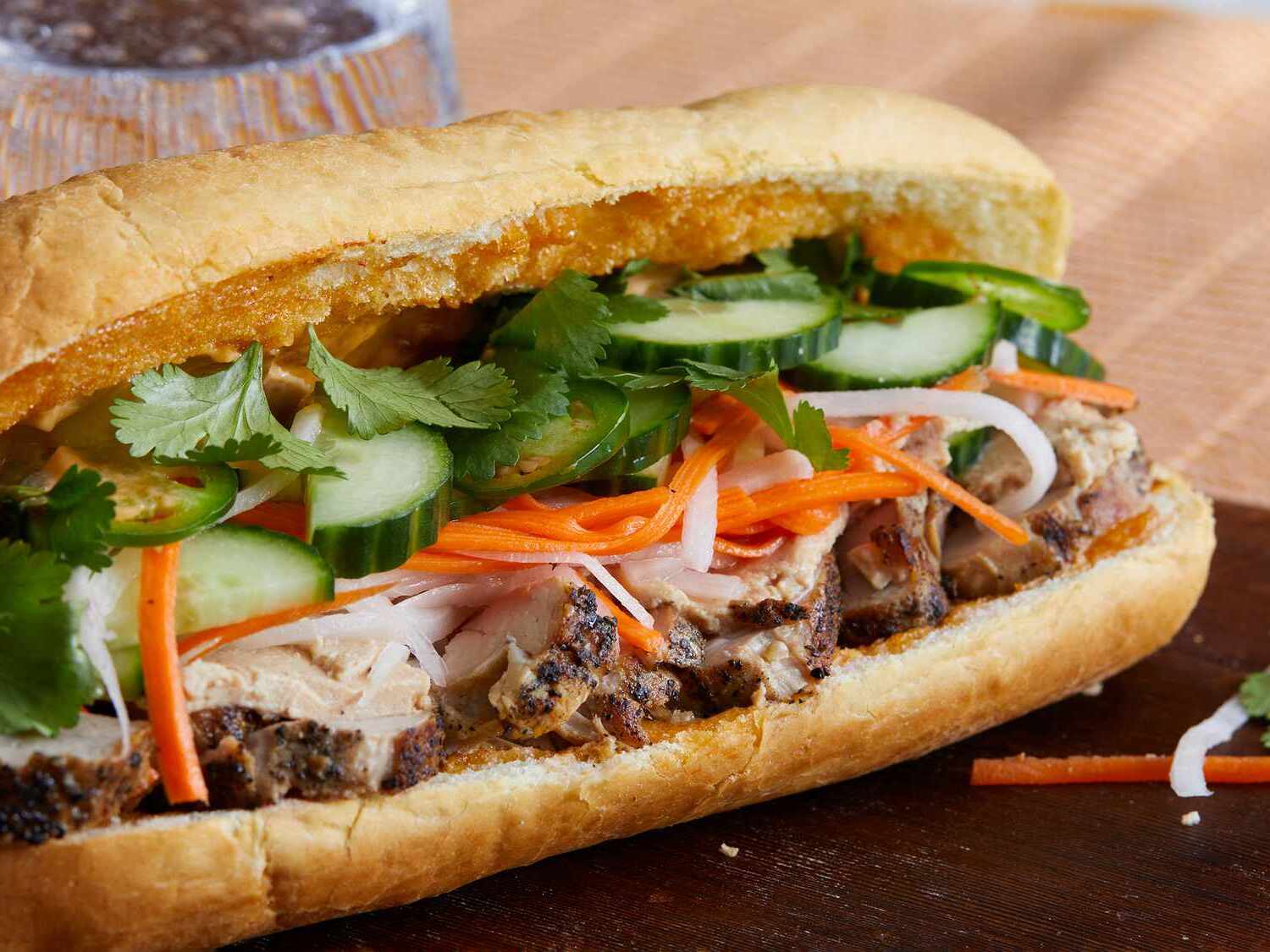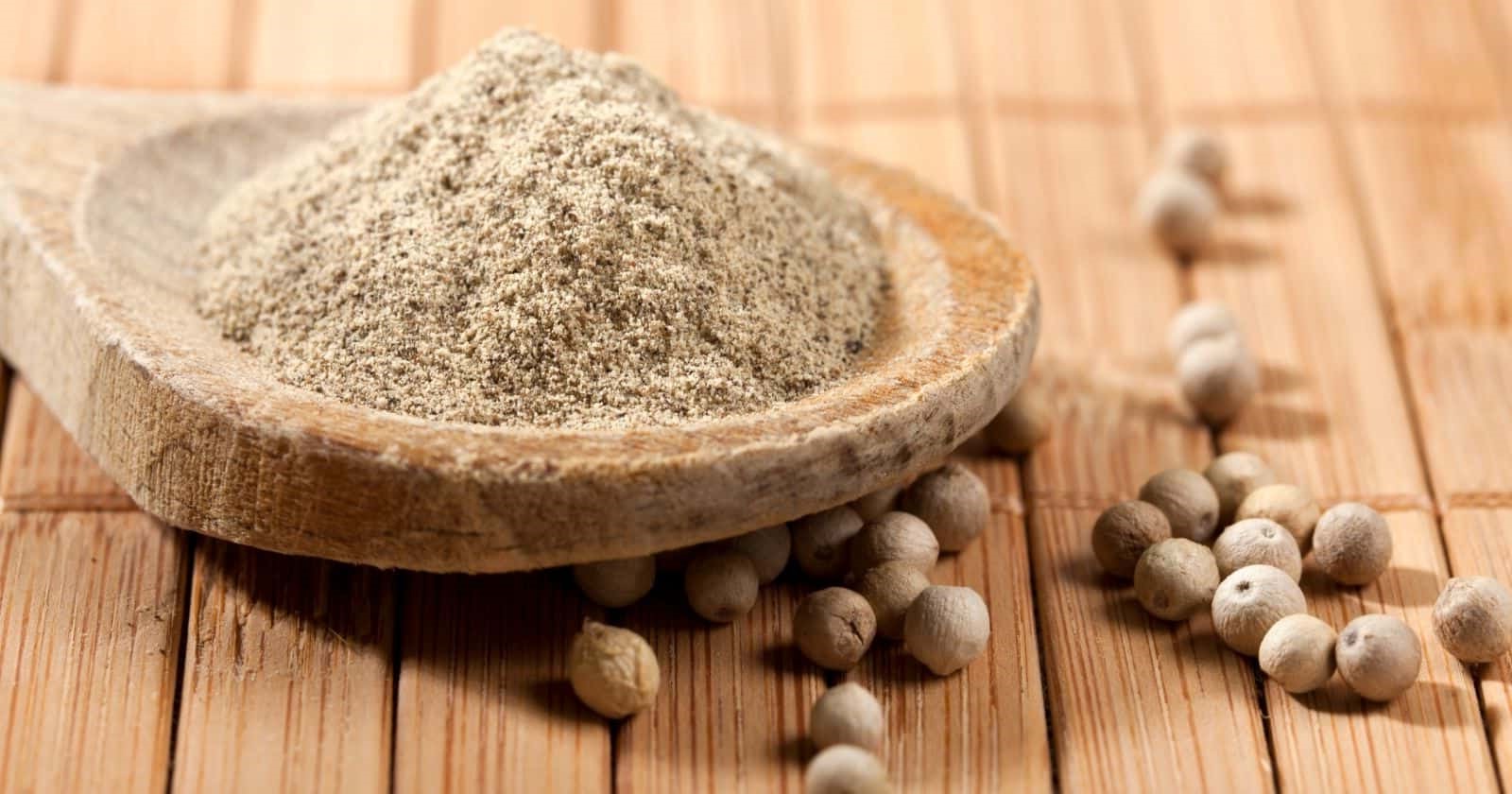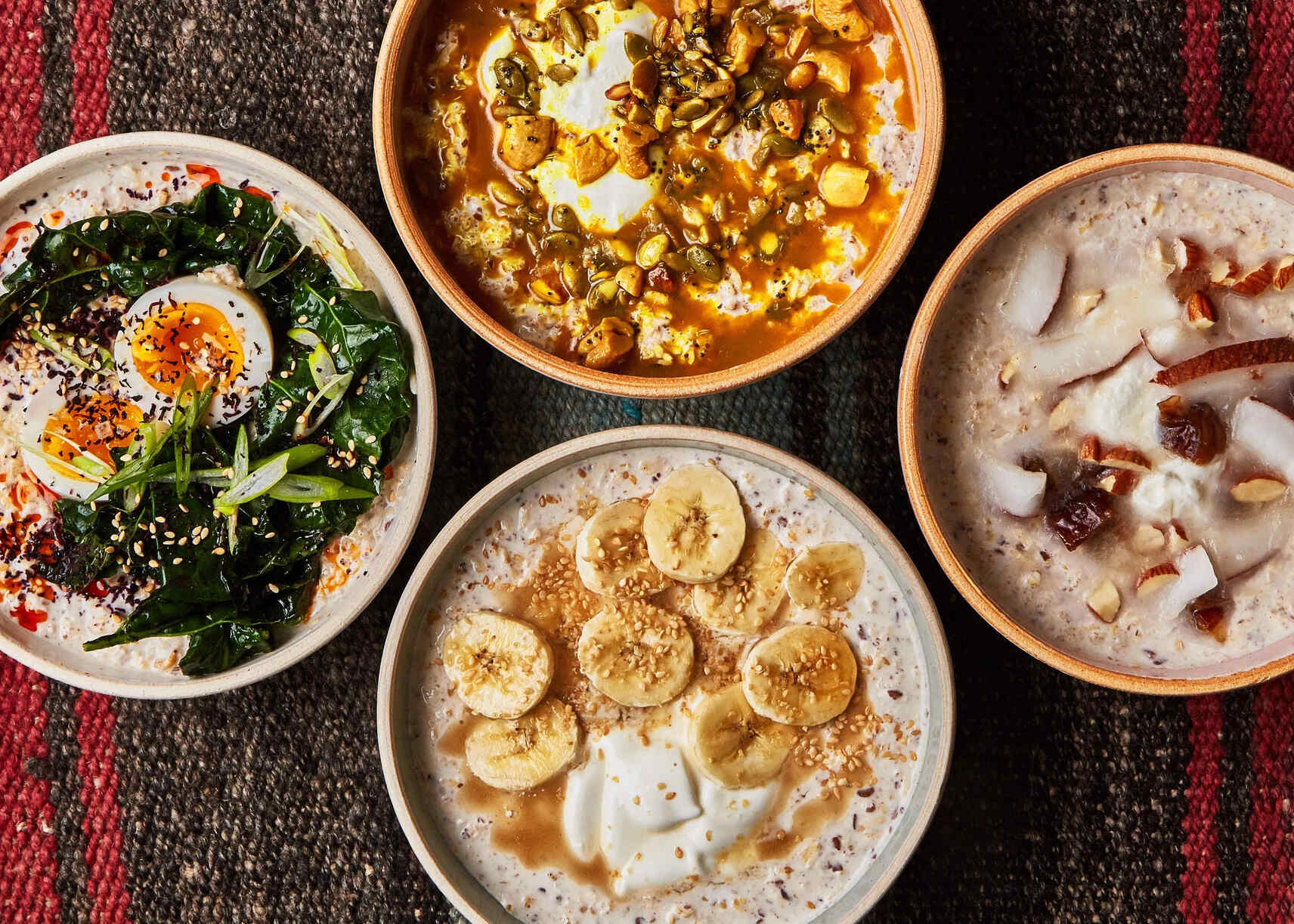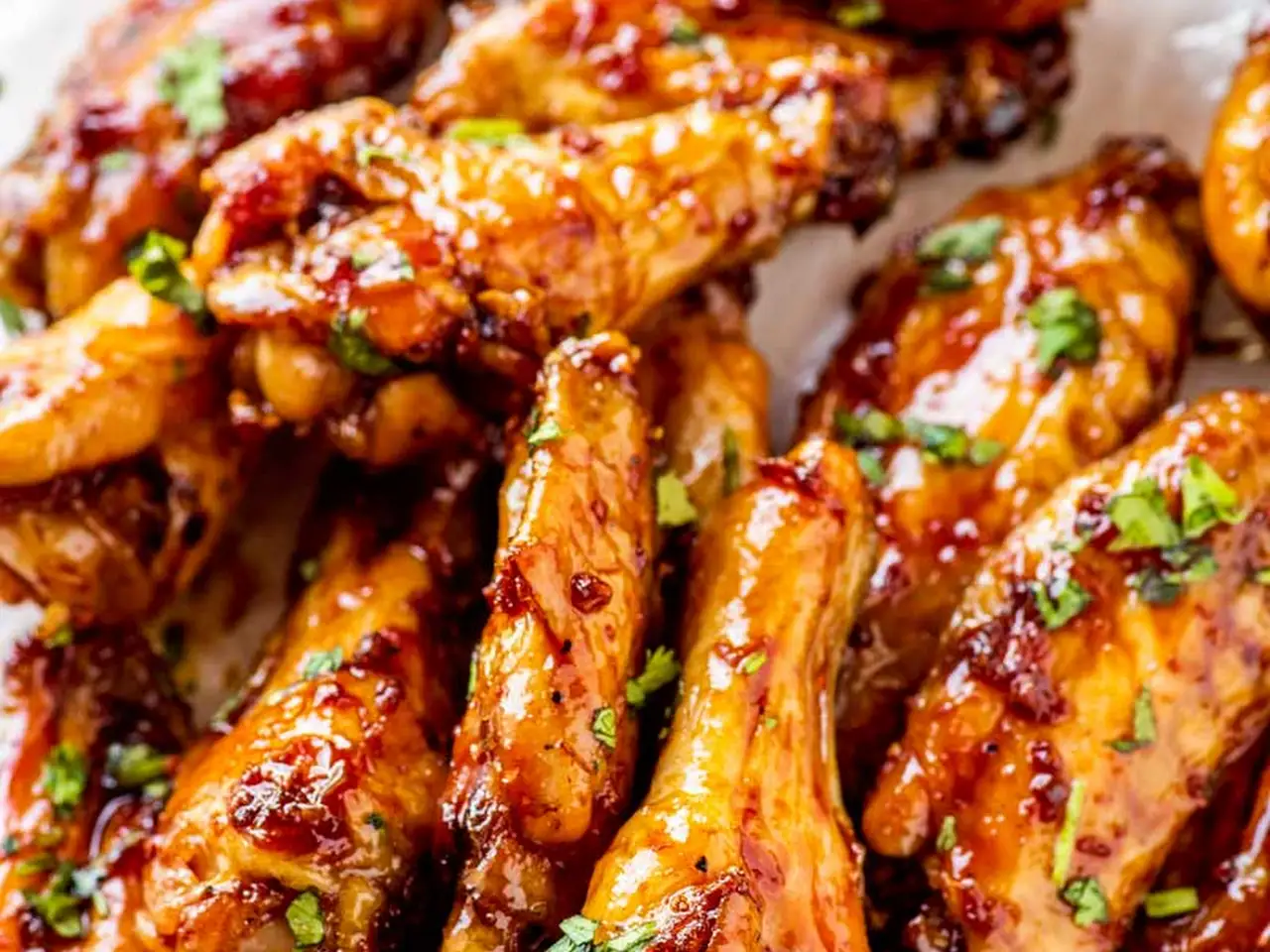Savory porridge isn't just a breakfast staple; it's a global comfort food with rich traditions. From Asia to Africa, each culture adds unique flavors and ingredients to this humble dish. In China, congee often features ginger, scallions, and soy sauce. Nigeria's ogi blends cornmeal with spicy peppers and fish. Scandinavia offers a hearty barley porridge with root vegetables and meat. These diverse recipes showcase how simple grains can transform into delicious, nourishing meals. Let's explore these international savory porridge traditions and discover the stories and flavors behind each bowl.
Essential Ingredients for a Global Culinary Journey
Chinese Congee:
- 1 cup rice
- 8 cups water or broth
- Salt to taste
- Optional toppings: shredded chicken, century egg, green onions, soy sauce
Indian Khichdi:
- 1 cup rice
- 1/2 cup split yellow moong dal
- 4 cups water
- 1 tsp turmeric powder
- 1 tsp cumin seeds
- 1 tbsp ghee or oil
- Salt to taste
- Optional: vegetables (carrots, peas), cilantro
Nigerian Ogi:
- 2 cups fermented corn paste
- 4 cups water
- Sugar or honey to taste
- Optional: evaporated milk, groundnut
Scottish Porridge:
- 1 cup steel-cut oats
- 4 cups water or milk
- Pinch of salt
- Optional: honey, berries, nuts
Korean Juk:
- 1 cup short-grain rice
- 8 cups water or broth
- 1 tbsp sesame oil
- Salt to taste
- Optional: mushrooms, chicken, green onions
Filipino Lugaw:
- 1 cup glutinous rice
- 6 cups chicken broth
- 1 tbsp fish sauce
- 1 tbsp ginger, minced
- Salt and pepper to taste
- Optional: hard-boiled eggs, fried garlic, green onions
Japanese Okayu:
- 1 cup short-grain rice
- 5 cups water
- Salt to taste
- Optional: umeboshi (pickled plum), green onions, sesame seeds
Must-Have Tools for Crafting International Savory Porridge
Tools Needed for Exploring International Savory Porridge Traditions
- Large Pot: Essential for cooking porridge in large quantities.
- Wooden Spoon: Ideal for stirring without scratching the pot.
- Measuring Cups: Ensures accurate measurements of grains and liquids.
- Measuring Spoons: For precise amounts of spices and seasonings.
- Knife: Necessary for chopping vegetables and other ingredients.
- Cutting Board: Provides a safe surface for cutting ingredients.
- Ladle: Useful for serving porridge.
- Mixing Bowls: Handy for prepping and mixing ingredients.
- Whisk: Helps in blending ingredients smoothly.
- Colander: Drains excess water from grains or vegetables.
- Grater: Useful for adding finely grated ingredients like cheese or vegetables.
- Spatula: Helps in scraping down the sides of the pot.
- Timer: Keeps track of cooking times to avoid overcooking.
- Tasting Spoons: For sampling and adjusting seasonings.
- Storage Containers: For storing leftovers or prepped ingredients.
- Blender or Food Processor: Optional, for creating smoother textures if desired.
Savory porridge, a global comfort food, varies widely. In China, congee includes meat and vegetables, while in Nigeria, yam porridge is enriched with spices and palm oil for flavor.
Why Explore International Savory Porridge Traditions
Savory porridge traditions offer a rich cultural experience. They provide comforting meals that are both nutritious and flavorful. Each region's unique ingredients and cooking methods reflect local history and agriculture. Exploring these dishes helps us appreciate diverse culinary practices and fosters a deeper connection to global food heritage.
Step-by-Step Guide to Making International Savory Porridge
Exploring International Savory Porridge Traditions
1. Congee (China)
Ingredients:
- Rice
- Water or broth
- Ginger
- Soy sauce
- Green onions
- Protein (chicken, pork, or fish)
Steps:
- Rinse rice thoroughly.
- Combine rice and water/broth in a pot.
- Bring to a boil, then reduce to a simmer.
- Add ginger slices.
- Cook until rice breaks down (1-2 hours).
- Stir occasionally to prevent sticking.
- Add protein halfway through cooking.
- Season with soy sauce.
- Garnish with green onions before serving.
2. Jook (Korea)
Ingredients:
- Rice
- Water or broth
- Sesame oil
- Garlic
- Salt
- Protein (beef, chicken, or abalone)
Steps:
- Rinse rice and drain.
- Heat sesame oil in a pot.
- Add rice and stir until coated.
- Pour in water/broth.
- Add garlic and bring to a boil.
- Reduce heat and simmer.
- Add protein and cook until tender.
- Season with salt.
- Serve hot.
3. Kasha (Russia)
Ingredients:
- Buckwheat groats
- Water or broth
- Butter
- Salt
- Mushrooms (optional)
- Onions (optional)
Steps:
- Rinse buckwheat.
- Toast buckwheat in a dry pan.
- Add water/broth and bring to a boil.
- Reduce heat and simmer.
- Cook until liquid is absorbed.
- Stir in butter.
- Season with salt.
- Sauté mushrooms and onions (optional).
- Mix with buckwheat before serving.
4. Polenta (Italy)
Ingredients:
- Cornmeal
- Water or broth
- Salt
- Butter
- Parmesan cheese
Steps:
- Boil water/broth in a pot.
- Gradually add cornmeal while stirring.
- Reduce heat and simmer.
- Stir constantly to prevent lumps.
- Cook until thickened (30-40 minutes).
- Add butter and stir.
- Season with salt.
- Mix in Parmesan cheese.
- Serve warm.
5. Ugali (Kenya)
Ingredients:
- Maize flour
- Water
- Salt
Steps:
- Boil water in a pot.
- Add maize flour gradually.
- Stir continuously to avoid lumps.
- Cook until thick and smooth.
- Season with salt.
- Remove from heat.
- Shape into balls.
- Serve with stew or vegetables.
6. Grits (Southern USA)
Ingredients:
- Corn grits
- Water or milk
- Salt
- Butter
- Cheese (optional)
Steps:
- Boil water/milk in a pot.
- Add grits slowly while stirring.
- Reduce heat and simmer.
- Stir frequently to prevent sticking.
- Cook until creamy (20-25 minutes).
- Add butter and mix.
- Season with salt.
- Stir in cheese (optional).
- Serve hot.
The Heart of Savory Porridge
Savory porridge isn't just a meal; it's a culinary journey through cultures and traditions. From China's congee to Nigeria's ogi, each bowl tells a story. These dishes are nutritious, versatile, and comforting. They can be customized with various toppings and ingredients to suit any palate. Whether you're looking for a hearty breakfast, a light lunch, or a warming dinner, savory porridge has got you covered. So, next time you're in the kitchen, why not try making a savory porridge from a different part of the world? You might just find a new favorite dish. Remember, food is a way to connect with others and explore new cultures. Enjoy the process, savor the flavors, and share the experience with loved ones. Happy cooking!
Frequently Asked Questions About International Savory Porridge Traditions
What is savory porridge?
Savory porridge is a warm, comforting dish made from grains like rice, oats, or cornmeal. Unlike sweet porridge, it’s flavored with spices, herbs, and sometimes meat or vegetables.
Which countries have unique savory porridge traditions?
Many countries have their own versions. China has congee, Nigeria enjoys ogbono soup, Italy serves polenta, and Korea loves juk.
How is congee different from other savory porridges?
Congee is a rice porridge from China. It’s often cooked until the rice breaks down into a creamy consistency. It can be topped with anything from century eggs to pickled vegetables.
What ingredients are common in Italian polenta?
Polenta is made from cornmeal and water. It’s often cooked until thick and creamy, then mixed with cheese, butter, or herbs. Sometimes, it’s allowed to cool and then fried or baked.
Can savory porridge be a complete meal?
Absolutely! Many savory porridges include protein like meat or beans, vegetables, and grains, making them a balanced and filling meal.
How do you make Korean juk?
Juk is a Korean rice porridge. Cook rice with plenty of water or broth until it’s soft and thick. Add ingredients like chicken, mushrooms, or pumpkin for extra flavor.
Are there any health benefits to eating savory porridge?
Yes, savory porridge is often packed with fiber, vitamins, and minerals. It’s also easy to digest, making it great for people with sensitive stomachs.
